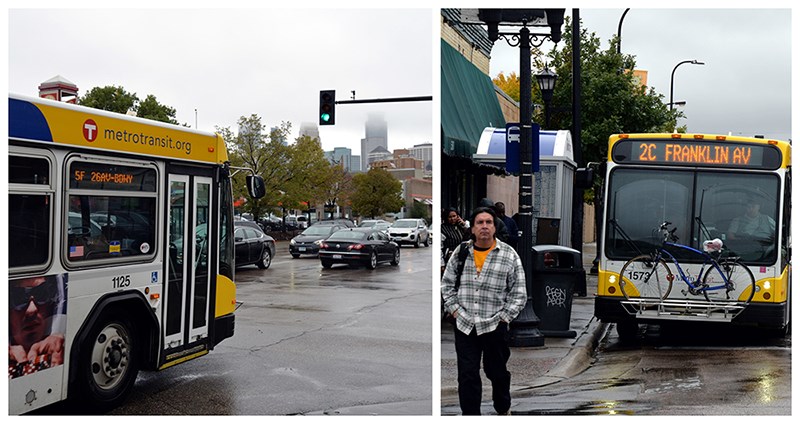
From General Manager Brian Lamb
When we ask transit riders what they want from us, we usually get a simple answer: They want us to show up on time and to get them to their destination as safely and quickly as possible.
Bus-only shoulders, dedicated transit lanes and technology that allows buses to request green lights are just a few of the ways we’ve made our service faster and more reliable. But the reality is we still have work to do.
Nearly two-thirds of our customers ride on local bus routes that travel, on average, less than 14 miles per hour. One of our busiest routes, Route 21, has an average travel speed of less than 10 miles per hour.
We are continually making progress, however.
Our next step forward is on our Route 2 corridor, where around two-dozen of our least-used stops are being consolidated (these changes take effect on Saturday, Oct. 13). The hope is that by making fewer stops, buses will get to their final destination a few minutes sooner.
The changes come after getting input from customers and Route 2 operators and are part of a larger effort to improve service on one of our slowest local routes. Several new bus shelters have also been installed along the corridor.
We’re also excited to soon begin using Transit Signal Priority (TSP) on parts of the Route 5 corridor. With TSP, Route 5 buses will be able to request green lights at 30 key intersections, helping them move faster and more predictably.
These changes will bring noticeable improvements to two of our busiest routes. There’s more good news on the horizon, too. To cite just a few examples:
> Later this month, hundreds of buses will begin using a transit-only ramp connecting downtown Minneapolis and southbound Interstate 35W. When construction is over in a few years, we’ll also enjoy dedicated transit and carpool lanes and a new station at Lake Street. Combined with more frequent service, transit will become an unrivaled option on one of the state’s busiest and most congested corridors.
> Our region’s next rapid bus line, the C Line, will open next spring on the Route 19 corridor. Like the A Line, we expect C Line buses to be up to 25 percent faster than existing service by moving fare purchases off the bus, allowing all-door boarding and making fewer stops. As C Line construction enters the final stages, we continue to advance plans for rapid bus lines on busy corridors served by routes 5, 6 and 21.
> This summer, we began installing new fareboxes that are more efficient and reliable than the 25-year-old equipment they’re replacing. These machines are coupled with ongoing efforts to promote Go-To Cards and mobile fare payments, which now represent more than half of all fare payments.
> On our light rail lines, we continue to work with local partners to get trains safely through intersections without having to wait for a green light.
These examples demonstrate a sincere commitment to addressing one of our customers' top concerns. Thank you for riding, and thank you for continuing to give us the opportunity to serve you better.